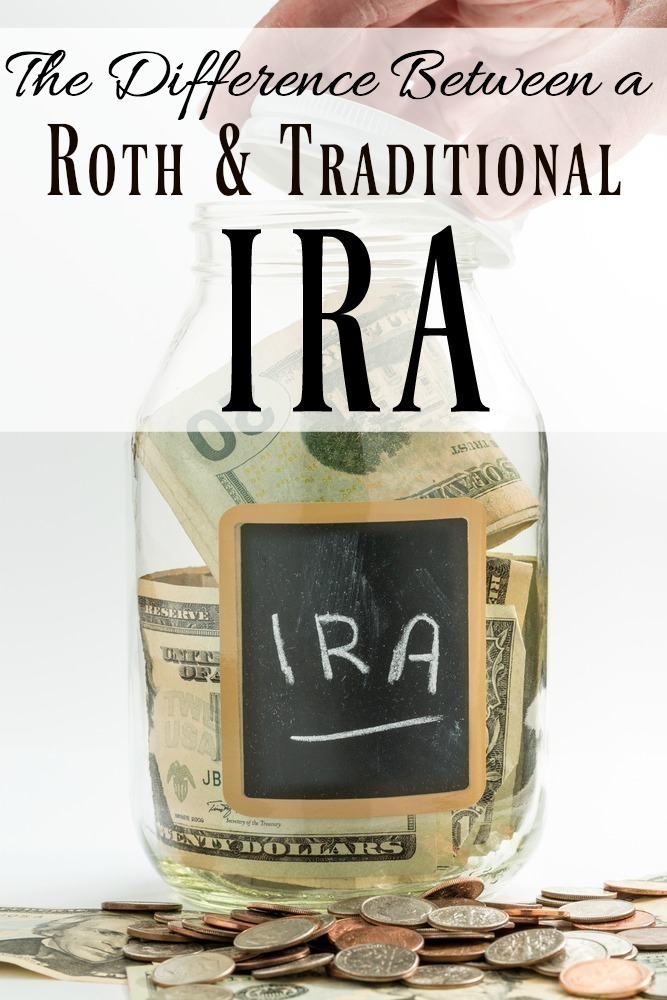
If you work outside of the home, chances are, you have the opportunity for a 401K … some of you might even be so fortunate to have a nice match from your employer.
A 401K with a match is a great place to start investing for retirement, but it’s not the only way to save. You can also have your own individual retirement account (also referred to as an IRA).
IRA’s are great because they give you tax benefits that allow you to save a little more over time. Tax benefits vary greatly between a Roth IRA and a Traditional IRA
So how do you know which type of account to open? Can you have both? Are they both flexible?
Roth IRA versus a Traditional IR A
Both accounts are vehicles that will help you better prepare for retirement – and the answer is yes, you can have both.
The Roth is usually a better choice,, simply because it offers a bigger tax break and flexibility is far beyond that of a traditional.
A Roth IRA is funded with after tax earnings. Those after tax earnings grow tax free and can be withdrawn tax free as long as the account is 5 years old, and you are 59 1/2 at the time of distribution. In fact, Roth earnings can remain in the Roth IRA as long as you earn money – great for people who plan on working well past retirement years.
If you plan on taking that Roth money out before the age of 59 1/2, then you will pay a 10% penalty on the earnings. .. though you can take out the contributions at any time – granted that may affect your retirement goals.
Can you have both? You can – you might start with a Roth for obvious reasons (mentioned below) — but chances are, if you have a 401K or Thrift Savings Plan at your job and you leave that position at some point, you will (at some point) roll that account into a Traditional IRA.
Roth IRA:
- Earnings grow tax free
- Earnings never have to be withdrawn
- You can contribute at any time as long as you have money
- Withdraw your earnings before age 59 1/2 and pay a 10% penalty on the earnings. There are no penalties on withdrawals of contributions.
- Available to individuals whose modified adjusted gross income doesn’t exceed $132,000 ( as of 2016) or, $194,000 for married couples who are filing a joint return
- Funded with after-tax earnings
- You can contribute up to $5,500 (under age 50) or, up to $6,500 if you are better than 50.
- You cannot deduct your Roth contribution on your taxes
Traditional IRA:
- Earnings are taxed at withdrawal
- Earnings have to be withdrawn by age 70 1/2
- You must be under 70 1/2 to contribute
- There is a 10% penalty tax on withdrawals of both contributions and earnings
- Funded with pre-tax earnings
- You can contribute up to $5,500 (under age 50) or, up to $6,500 if you are better than 50.
- You might be able to deduct your contributions on your tax return – talk to a qualified security or tax professional for more
In the end, the Roth is usually a much better choice for most people because it offers more flexibility (in terms of funding and also in withdrawals) and greater tax breaks.




Leave a Reply
You must be logged in to post a comment.